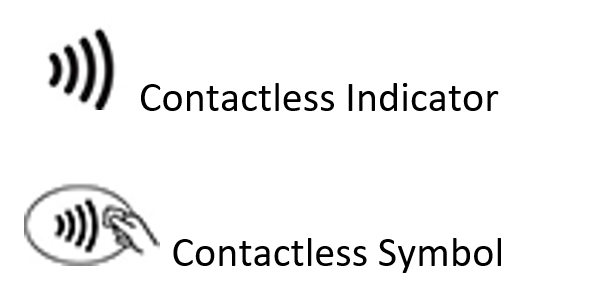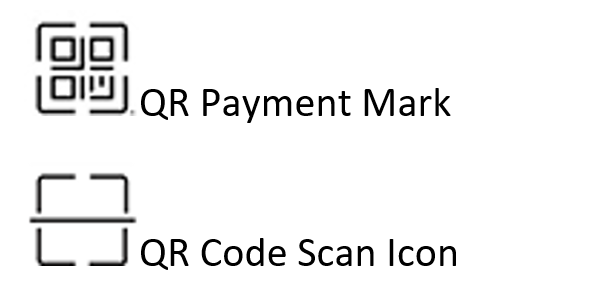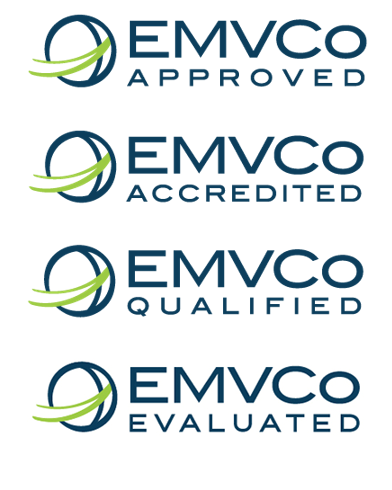EMVCo manages and licenses marks that indicate payment technology which uses and is compliant to the EMV® Specifications. This promotes confidence and trust in payment technology both online and in-store. In this post, Ryan Geidner, Chair of the EMVCo Marks Management Task Force, explains more about the marks that EMVCo manages, and why they are important.
Why are marks needed and what benefit do they bring to the payment community?
Marks are about confidence and trust. They clearly identify EMV payment products and services that will perform as expected and in line with EMVCo’s functional specifications. This encourages an ecosystem that can be trusted by all parties and breeds confidence across the established payment infrastructure.
While marks do not eradicate counterfeit products completely, they do make it harder for malicious companies to make false claims about EMV functionality of a product or service that does not adhere to the specifications.
From a consumer perspective, marks provide an easy-to-recognise symbol that offers familiarity and confidence that a transaction will perform as expected.
What kind of marks does EMVCo provide?
EMVCo manages and licenses consumer facing marks, namely the EMV Contactless Symbol and QR Code Payment Mark, for face-to-face payments, and the Click to Pay icon for e-commerce transactions.
We also provide a range of industry marks to confirm that products, solutions, laboratories, test tools and mobile solutions / components comply to the EMV Specifications. These link closely to our testing and certification programmes and require vendors to show proof that certain standards have been achieved and that a product or service will perform in compliance with the EMV Specifications.
What consumer-facing marks does EMVCo manage?
 The most familiar mark is the EMV Contactless Indicator. It is globally recognised and demonstrates that an EMV contactless payment can be made. This is supported by the Contactless Symbol, signifying that a payment terminal is EMV compliant and accepts EMV contactless payments. During the pandemic, this level of consumer recognition will have played an important role in helping consumers to confidently and quickly move from contact to contactless payments.
The most familiar mark is the EMV Contactless Indicator. It is globally recognised and demonstrates that an EMV contactless payment can be made. This is supported by the Contactless Symbol, signifying that a payment terminal is EMV compliant and accepts EMV contactless payments. During the pandemic, this level of consumer recognition will have played an important role in helping consumers to confidently and quickly move from contact to contactless payments.
 QR Codes™ have also become a key technology to enable touchless payments over the past 18 months. EMVCo’s QR Code Payments Specification works to simplify their development and broaden their acceptance globally. Used at points-of-sale as well as in-app on mobile devices, the QR Payment Mark indicates the consumer may generate and display a merchant-scannable QR Code, while the QR Code Scan Icon signifies the consumer may scan a merchant-presented QR Code to initiate a payment.
QR Codes™ have also become a key technology to enable touchless payments over the past 18 months. EMVCo’s QR Code Payments Specification works to simplify their development and broaden their acceptance globally. Used at points-of-sale as well as in-app on mobile devices, the QR Payment Mark indicates the consumer may generate and display a merchant-scannable QR Code, while the QR Code Scan Icon signifies the consumer may scan a merchant-presented QR Code to initiate a payment.
![]() More recently, EMVCo launched the Click to Pay icon for e-commerce. When a consumer clicks on the prompt associated with the icon, they can be confident that they are entering a consistent payment space – regardless of the payment method, digital channel, device or merchant – and can expect an easy, smart online checkout experience which is based on the EMV Secure Remote Commerce (SRC) Specifications.
More recently, EMVCo launched the Click to Pay icon for e-commerce. When a consumer clicks on the prompt associated with the icon, they can be confident that they are entering a consistent payment space – regardless of the payment method, digital channel, device or merchant – and can expect an easy, smart online checkout experience which is based on the EMV Secure Remote Commerce (SRC) Specifications.
What about the other marks related to testing? What role do they play within the payment community?
EMVCo licenses Certification Marks for use by the EMV vendor community in advertising, promotional materials, documentation and websites.
There are four key marks:
- Approved for products and services that have undergone a testing process and have confirmed that their offering achieves the functional requirements stipulated within the EMV Specifications.

- Accredited forlaboratories that undertake official EMVCo testing. This is a vast global network that ensures wide access to EMVCo testing services.
- Qualified for test tool vendors that have developed products to test if a product or solution meets EMV functional requirements. These tools are used within accredited laboratories, to enable products to become approved. The developers of these tools work in close collaboration with EMVCo to ensure wide availability and that payment products can get to market as quickly as possible.
- Evaluated – the newest mark – for product providers in connection with software-based mobile payment solutions or components. An area that is continually evolving as new, innovative smart devices and payment solutions come to market.
Who can use the marks and how do they access them?
We have a Trademark Centre on the EMVCo website. This offers information on how different marks can be used and who is eligible to use them. Licensing Agreements are also publicly available for download.
Why is EMVCo managing these marks? Does it have the expertise?
The world’s card payments systems facilitate trillions of dollars of consumer and business spending each year. EMVCo’s members are the six global payment networks which recognise a shared responsibility for the reliability and security of these payment transactions and the technology infrastructure that makes them possible. To make seamless payments a reality, EMVCo engages and collaborates with hundreds of organisations that make up the payment community, as well as regulators and technical bodies. Defined and clearly identifiable marks ensures that the vast, ever-growing EMV payment community is transparent, trusted and reliable.
EMVCo has been managing marks for over a decade and has established systems, processes and expertise to ensure they are appropriately implemented. This includes a dedicated Marks Management Task Force operating within EMVCo.
QR Code is a registered trademark of DENSO WAVE INCORPORATED.



